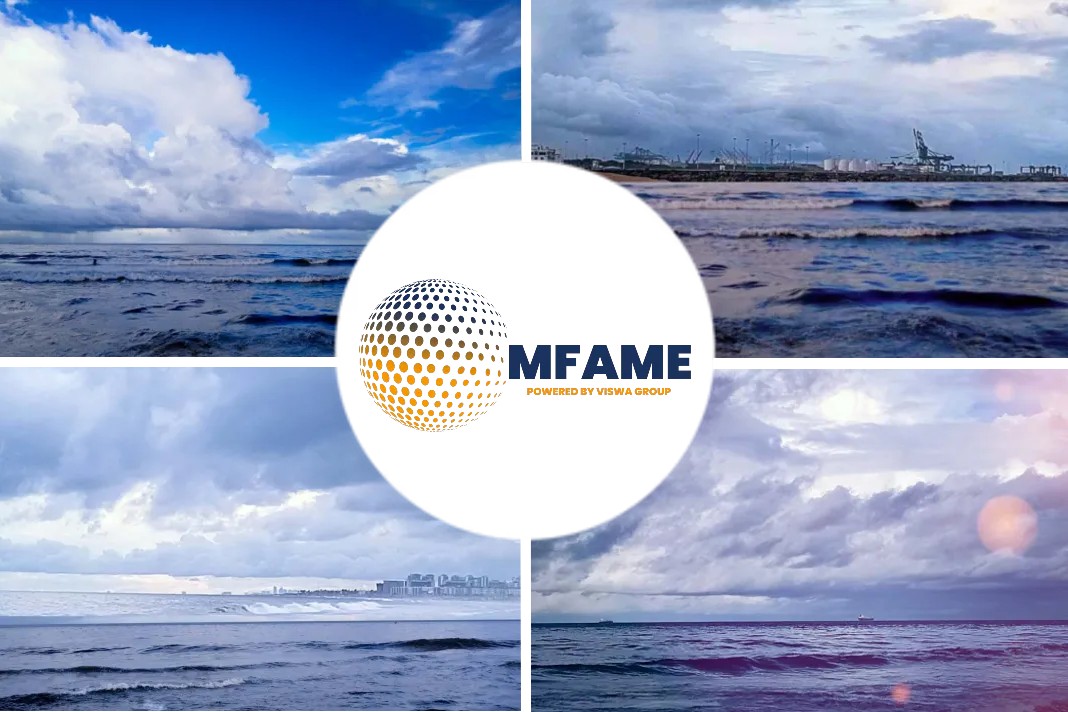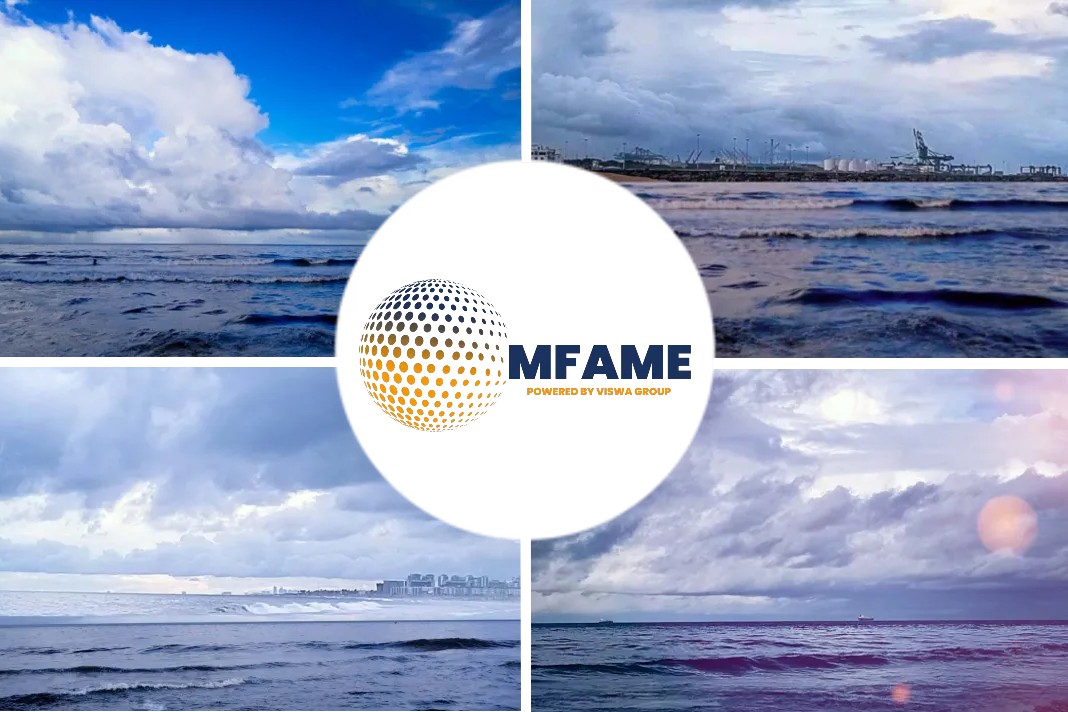- A 12-year old boy designed a ship that sucks pollutants from seas and oceans motivated by a viral video.
- The vessel ERVIS uses a multi-stage cleaner that uses size-based separation to separate different sizes of waste and a compactor to crush it.
- The waste segregators divide them into plastic and non-plastic materials and the water is later released into the oceans.
- The boy hopes that around millions of marine animals and plants can be saved from plastic pollution in the near future.
A 12-year old boy from India has been paving the way towards sustainable development by designing a ship that sucks pollutants from seas and oceans.
A viral video ignited his mind
A viral video on how plastic waste is harming animals, both in the sea and on land ignited the young mind of 12-year-old Haaziq Kazi. The boy had watched an ocean waste documentary two years ago on National Geographic, he couldn’t just sit back and feel sad.
He felt compelled to do something to prevent aquatic animals and birds from getting injured due to plastic waste that’s often dumped in our seas and oceans. After doing extensive research to learn some important facts and figures regarding animals deaths due to plastic and then, designed a ship ‘ERVIS’ that can suck 100 tonnes of plastic waste from large water bodies.
Contribution towards future
Mr.Haaziq Kazi said, “Ocean pollution is a massive challenge and of enormous magnitude. Just to give you an idea, the amount of known waste floating on the surface, which is just a small percentage of the actual level of pollution, is approximately 5 trillion pieces of plastic. If we were to line up this plastic, do you know how far it would go? It would be enough to cover the distance from here to the Moon and back, twice! I have seen horrifying and heart-wrenching pictures and videos of animals that have starved to death because they ate the plastic and were unable to get it out of their stomach, or animals becoming tangled in it and getting badly hurt”.
ERVIS design
Mr.Haaziq Kazi drafted the core concept to build ERVIS, when he started working on the feasibility, many scientists, engineers and designers gave their suggestions
Explaining the working mechanism of ERVIS, it is based on some basic physics concepts like centripetal force. The process involves a multi-stage cleaner that uses size-based separation to separate different sizes of waste and a compactor to crush it. There are saucers attached to ERVIS and they float on the surface, moving circularly to pull the waste towards the centre. They will have a central outlet that will swallow the waste and they are connected to various chambers in the ship.
Specialized chambers for waste segregation
Once the waste enters the chambers, the process of segregation begins. The first level is an oil filter, which collects waste oil and sends it to the oil chamber. This waste oil will either be decomposed or stored for safe disposal. The second, third, fourth and fifth chambers are for large, medium, small and micro waste, respectively. The dimensions of ERVIS have been designed to be 40 metres long, 12 metres wide and 25 metres high, with a weight of around 600 tonnes.
Once the waste passes through the chambers, it is sent to the segregator to separate plastic from non-plastic waste. The plastic is compacted and stored in cubes. The other waste is either degraded with bacteria or stored for separate disposal. The water that finally comes through will be cleaner and be pumped back into the ocean. The device can be used in any water body and can be transformed for multiple form factors. It ideally works for deep water, but it can be modified such that the system can be placed in smaller boats to clean the rivers and lakes.
Mission to save oceans
Around 1 million marine animals are killed due to plastic pollution every year. According to recent research, more than 80% of the fishes in the Amazon river are contaminated with plastic particles and Mr.Haaziq’s current future plan is to see ERVIS become a reality in the future.
He concludes, “The magnitude of the problem represents a huge opportunity which needs to be addressed. I want to see ERVIS becoming a reality in the future and multiple ERVISes manning the oceans and cleaning our waste. I see myself tackling other ocean problems and researching more on ocean waste. Also, we can’t forget about the waste on our beaches. I would like to identify ways and means to recycle this waste too”.
Did you subscribe for our daily newsletter?
It’s Free! Click here to Subscribe!
Source: Edexlive

















